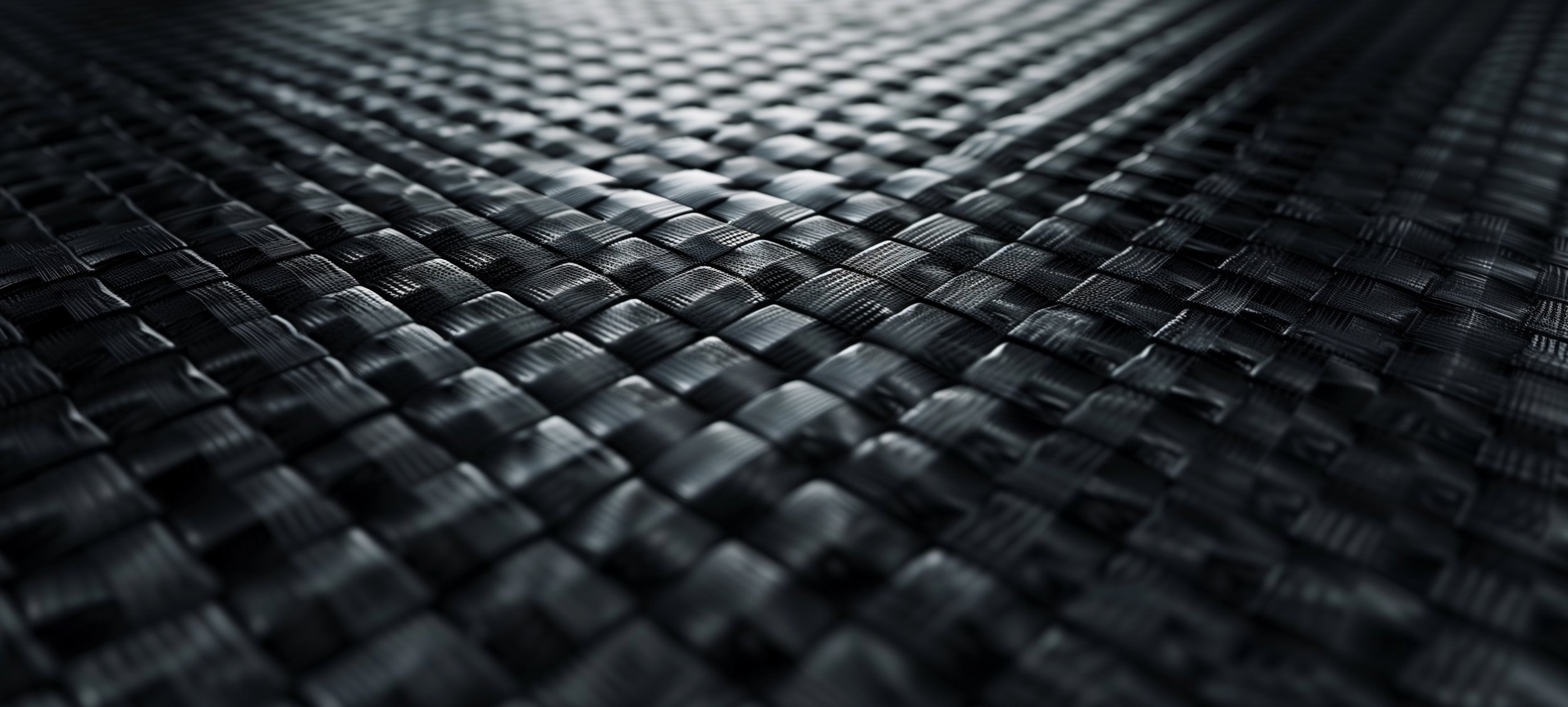Comprehensive Inspections for Optimal Asset Performance
Pinpointing and prioritizing risks through advanced inspections, technology, & expert analysis
Our team has over 26 years on life cycle management in correction and prevention of corrosion and erosion to piping, tanks and fatigued concrete structures. Our inspectional team can empower your decision making team with the right data and analysis that will be instrumental for corrective action that best suits life cycle, budget and schedules.

Robotic Inspection Camera:
Utilizing high-resolution robotic camera systems, we conduct internal visual inspections in hard-to-reach or confined spaces. This non-invasive method provides real-time imagery and video documentation for precise condition assessments.
Pulsed Eddy Current Testing:
This electromagnetic technique allows for the inspection of metal thickness through coatings and insulation, ideal for offshore and industrial environments where direct access is limited.
Alternating Current Voltage Gradient:
ACVG testing locates coating defects and assesses cathodic protection effectiveness in buried pipelines, ensuring pipeline integrity and compliance with regulatory standards.
Guided Wave Testing (GWT):
Ideal for long-range inspection of pipelines, GWT sends low-frequency ultrasonic waves along the length of the pipe, identifying anomalies such as corrosion or cracks without needing to remove insulation.
Proactive Infrastructure Testing to Prevent Failures and Downtime
At CFES, we offer a comprehensive suite of advanced inspection and testing techniques designed to assess the integrity and performance of your critical infrastructure. Our services ensure early detection of potential issues, allowing for proactive maintenance and repair strategies that extend asset life and reduce downtime.
Painting & Coating Inspections:
We evaluate the condition of protective coatings on piping, tanks, and structural components to ensure long-term corrosion resistance. Our experts assess thickness, adhesion, and overall effectiveness to maintain compliance with industry standards.
Ultrasonic Thickness Testing (UTT):
Using ultrasonic waves, we measure the wall thickness of metal structures, detecting corrosion, erosion, or other forms of degradation without damaging the asset.
Magnetic Flux Leakage (MFL):
MFL detects corrosion, pitting, or wall loss in steel pipelines and tanks by magnetizing the structure and identifying leakage fields caused by flaws.
Radiography (X-ray Inspection):
Radiographic testing provides detailed imaging of internal defects in welds, piping, and structural components. This method ensures weld quality and identifies hidden flaws that could compromise safety.

